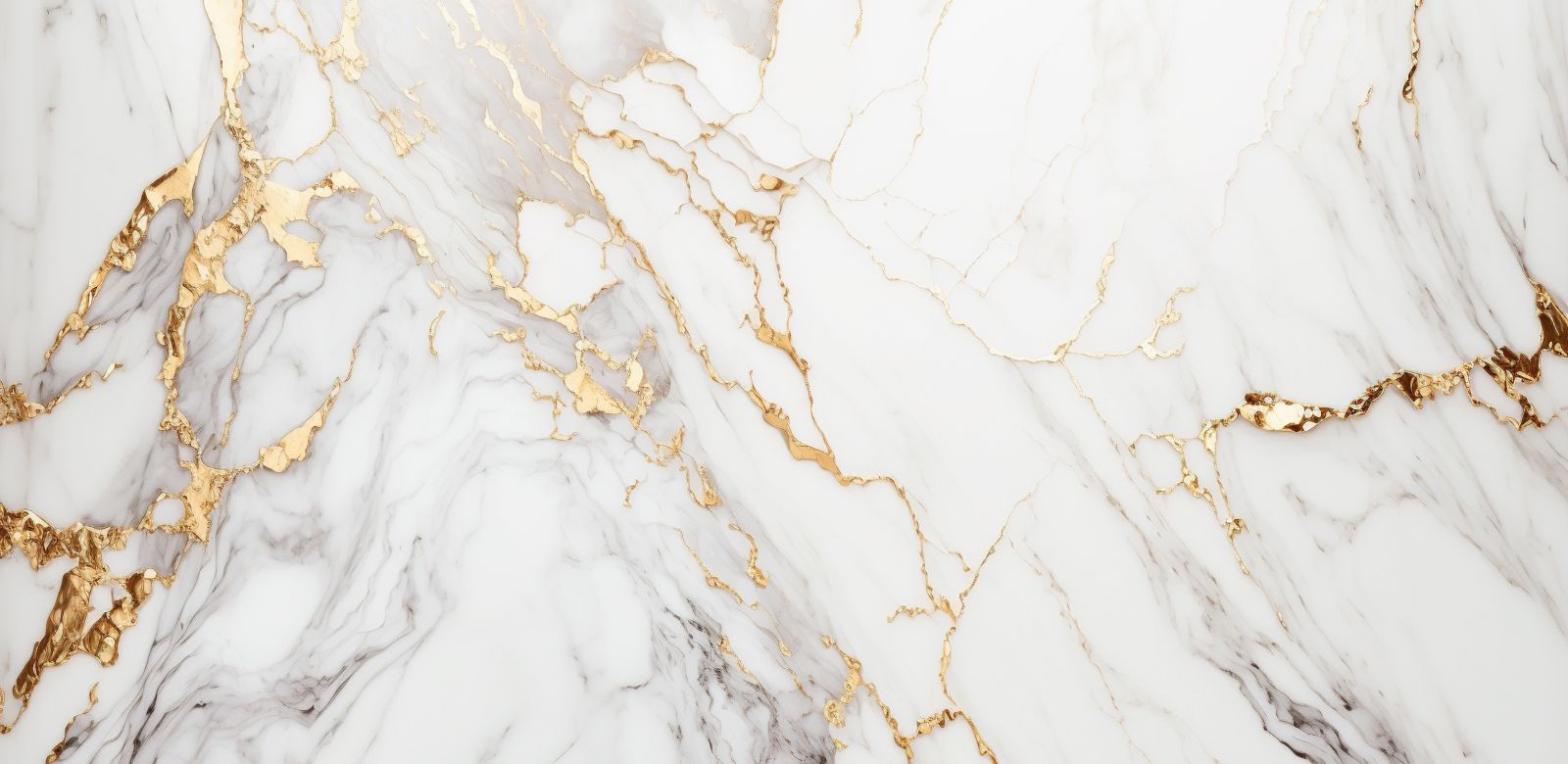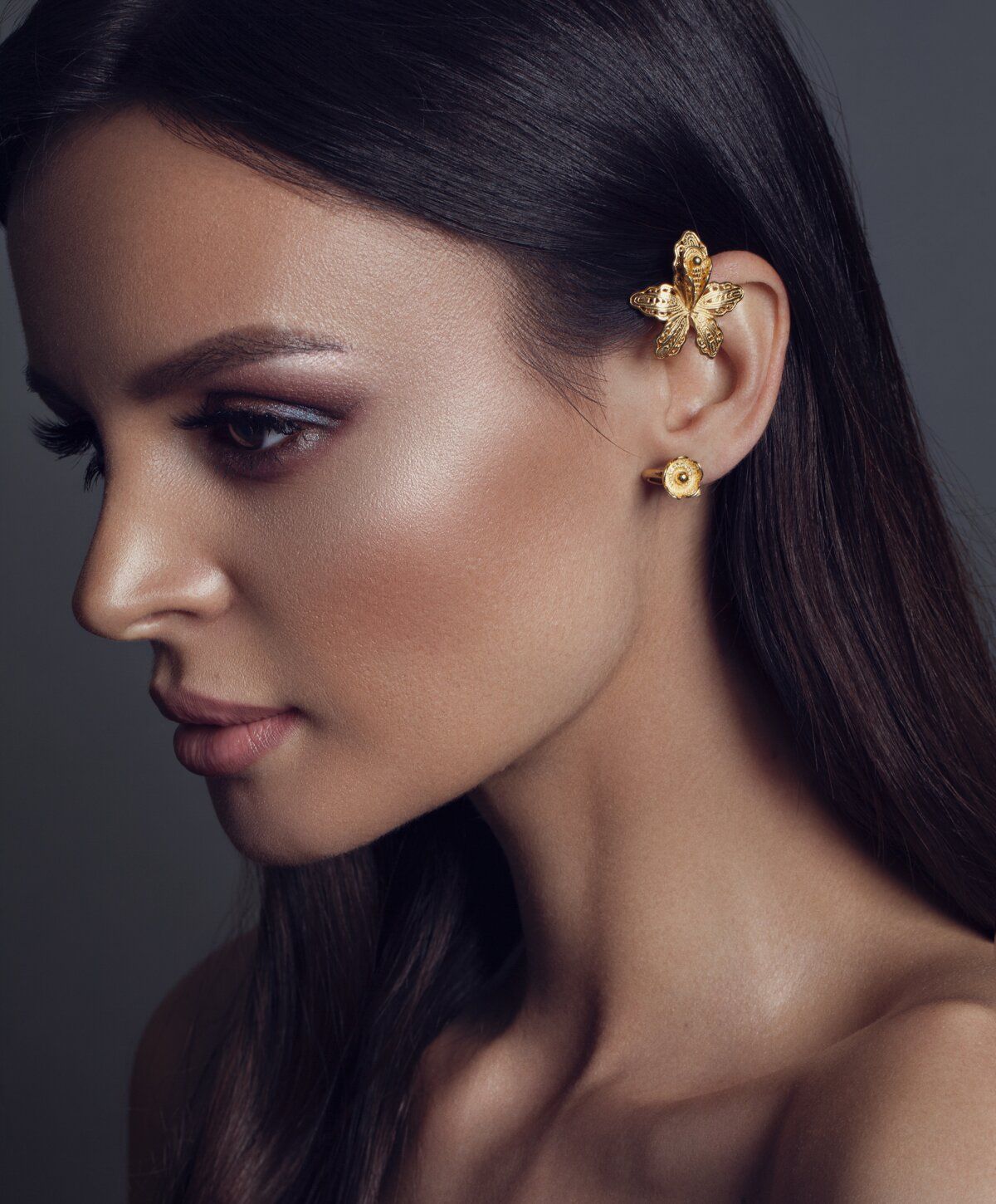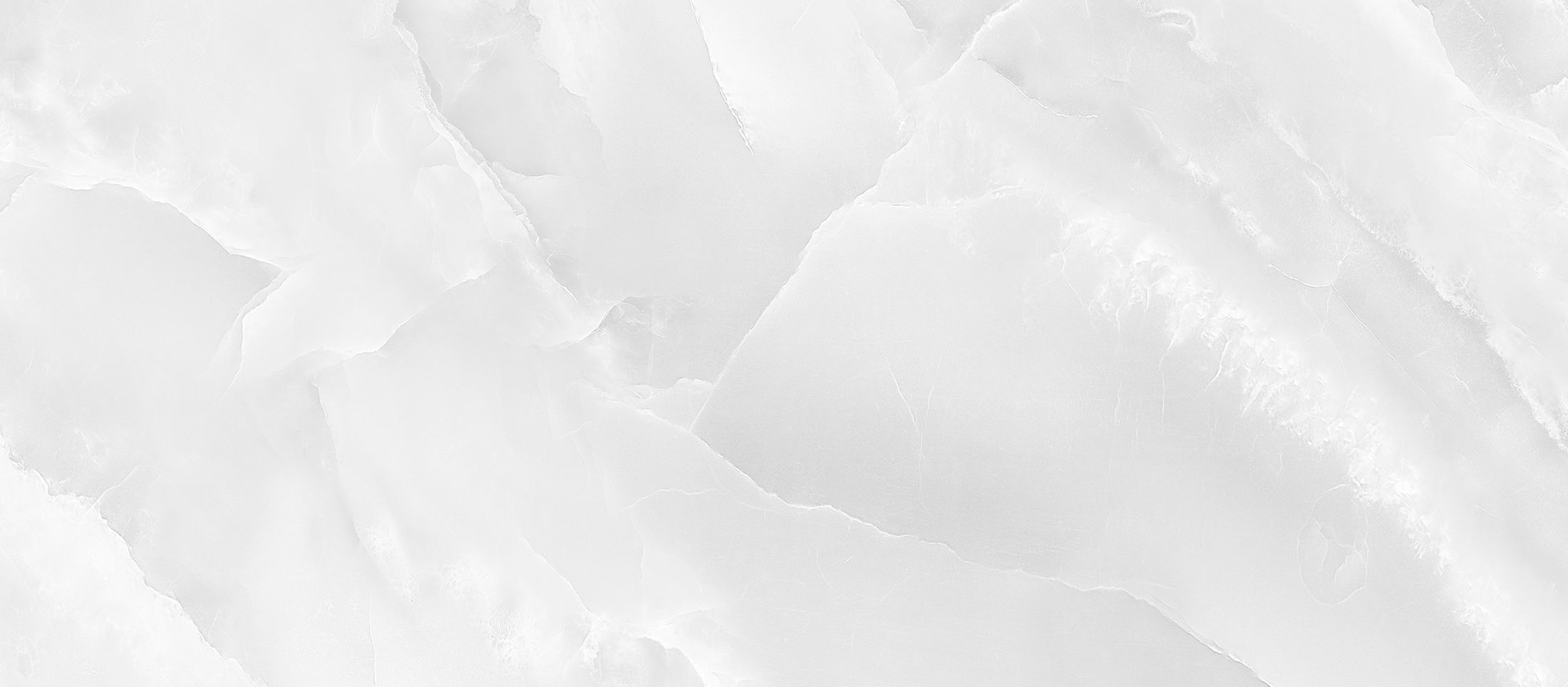



Rhinoplasty (nose job) is one of the oldest continuously practiced cosmetic surgery practices, performed all over the globe for hundreds of years. Ethnic rhinoplasty honors that history by taking the unique heritage of the patient into consideration during surgery, sculpting beautiful results that feel and look natural. At The Aesthetic Centers, we understand the importance of preserving your unique ethnic features while achieving your desired cosmetic surgery results. Dr. Ali Razfar, a double board-certified facial plastic surgeon with extensive expertise in revision rhinoplasty and ethnic rhinoplasty procedures, takes ethnic rhinoplasty to a new level. Dr. Razfar's meticulous approach and extensive experience ensure beautiful, natural-looking outcomes that celebrate your heritage.
Learn more about these various types of ethnic rhinoplasty as you read the rest of this article.

In the USA, traditional rhinoplasty techniques originated from experience with Caucasian rhinoplasty patients. But non-Caucasians have noses with distinct features that should be retained and respected when doing a nose job.
Ethnic rhinoplasty, or the “ethnic nose job,” was born from the need of non-Caucasians to alter their noses while preserving their unique nasal features. It is further subdivided into different ethnicities: Middle Eastern, Hispanic, and Asian.

Designed for patients of Middle Eastern or Persian (Iranian) descent, Middle Eastern rhinoplasty is a major subcategory of ethnic rhinoplasty. After all, Iran is considered the nose job capital of the world.
Traditionally, many Persian patients have undergone a very aggressive form of rhinoplasty that focuses on drastically reducing the nose’s size at the expense of function. Their main goal was to create the smallest, cutest nose possible. In reality, this resulted in a poorly functioning nose that looked “operated.” Simply put, the nose did not fit the face, disrupting facial harmony.
Because of this, the volume of Persian patients seeking revision rhinoplasty has increased substantially. Most Middle Eastern patients want a significant change in their appearance when they undergo rhinoplasty while still having a natural result. They are proud of their ethnic features and wish to maintain them after surgery. Still, others prefer a more drastic change.
While the Middle Eastern nose shape can have diverse characteristics, they have some standard features, like:
As a board-certified facial plastic surgeon, Dr. Razfar’s experience with this particular class of rhinoplasty sets him apart in producing beautiful and natural results. He is a double board-certified facial plastic surgeon with extensive experience in Persian Rhinoplasty and who understands the complexity of these cases. He has perfected his skillset with the top Middle Eastern Rhinoplasty experts in the world.
With many Persian patients having varying ideas of what a perfect nose is, they often wish to actively participate in creating the ethnic nose job plan with the surgeon. Dr. Razfar encourages open and honest communication with his patients, taking the time to develop a customized surgical plan to help them achieve their goals.
This subcategory of ethnic rhinoplasty is performed on patients with Latino heritage. These include patients from Mexico, Central and South America, the Caribbean, Spain, and Portugal. Hispanic rhinoplasty applies to a diverse group of patients with unique facial features depending on their country of origin.
When performing rhinoplasty on these patients, it is essential to understand each patient’s unique ethnic and cultural background. Plus, the surgeon must also acknowledge that each patient may have a unique perspective on what they consider the ideal nose.
Nasal features in the Hispanic patient are those of mixed race origin. As a result, the Hispanic nose has a broad spectrum of characteristics, the most common of which include:
Most Latina patients wish to have a more defined nose in harmony with the rest of their facial features. That is why classic reductive rhinoplasty — commonly used on Caucasian patients — will not produce their desired results.
Instead, a structural approach to ethnic rhinoplasty with minimal tissue excision is of paramount importance for achieving a beautiful outcome.
We can further divide the Hispanic nose into the following subcategories:
The term “Mestizo” refers to a mixture of races that mainly includes local indigenous tribes and Caucasian and African races. Depending on your country of origin, certain facial features may be more prevalent.
The features of the Mestizo nose include:
In many cases, Mestizo patients require ethnic rhinoplasty with an increase in projection and tip support to create a refined nose.
The Castilian nose has its origin in Spain, with characteristics similar to the Caucasian nose. While this may sound "close enough" to a Caucasian nose, these subtle differences can make all the difference. Typically, the Castilian nose has better cartilaginous support and tip projection, so their ethnic rhinoplasty best practices usually involve dorsal reduction and tip refinement. This level of attention to detail is what makes Dr. Razfar and The Aesthetic Centers the premier destination for ethnic nose surgery in Newport Beach.
The Mexican-American nose is the most common nose encountered in Southern California. It has a mixture of Mestizo and Castilian nasal characteristics.
Due to the diversity in this population, the rhinoplasty surgeon should be well-versed in various techniques to adapt to the patient’s unique anatomy.
Dr. Razfar is a double board-certified facial plastic surgeon with extensive experience dealing with Hispanic and Latino noses. Training and practicing in Southern California, many of Dr. Razfar’s patients are of Hispanic heritage.
His unique approach to each patient creates consistent results.

The Asian nose job is a subcategory of ethnic rhinoplasty for patients of Asian descent, including Korean, Chinese, Japanese, and Filipinos, among others.
Asian noses have some common characteristics, including:
While the Caucasian nose typically requires a reductive type of rhinoplasty, the Asian nose must be augmented to give a more refined appearance.
One of the primary goals of Asian rhinoplasty is to elevate the nasal bridge. Augmenting the Asian nose requires significant grafting material generally not available inside the nose. As a result, Asian rhinoplasty patients often require cartilage grafts from the ear and rib.
If patients do not wish to use their rib cartilage, cadaveric rib cartilage may be safely used for Asian rhinoplasty. This cartilage graft obtained from a tissue bank is irradiated with gamma radiation to prevent rejection from the body. Many studies have proven the safety and efficacy of this method.
The least desirable option is using an implant. However, this method is prevalent in Asia because of its relative simplicity. It also eliminates the need to harvest rib cartilage. While this may produce satisfactory results in the short term, there is a much higher chance of infection and complications.
The typical Asian nose has a bulbous, flat nasal tip with wide nostrils. Due to weak tip cartilages and thick skin, traditional tip techniques will rarely create adequate refinement.
The tip usually requires strong support and tip grafting to create a refined tip proportional to the rest of the face. Most Asian rhinoplasty patients will require an alar base or nostril reduction to balance the remainder of the nose.
Dr. Razfar is an Asian rhinoplasty expert in Newport Beach, CA, who has mastered Asian rhinoplasty techniques to sculpt a beautiful nose that balances the entire face. During your Asian rhinoplasty consultation, Dr. Razfar will thoroughly explain each step of the rhinoplasty procedure for your benefit.
If you’re thinking of getting ethnic rhinoplasty, schedule your consultation with Dr. Razfar.
The ethnic rhinoplasty plastic surgery procedure can be performed using two main approaches, each lasting 3-4 hours under general anesthesia:
Dr. Razfar makes a small, discreet incision on the columella (the strip of tissue separating your nostrils). This allows for a clear view of the underlying structures for precise adjustments.
Incisions are hidden inside the nose, offering a scar-minimizing approach for suitable cases. Dr. Razfar will restructure the cartilage and bone through these internal incisions. Following the modifications, Dr. Razfar will close the incisions and may use bandages or splints for support during healing. This approach is less commonly used in ethnic rhinoplasty.
Ethnic rhinoplasty results gradually appear as swelling subsides. Most patients will have minimal bruising and minor discomfort for the first week, with most swelling resolving within three months. You'll likely return to work and social activities in seven to ten days.
Embrace your confidence, one beautiful breath at a time.

Optimize Healing with Aftercare:
By following these tips, you can help ensure a smooth and successful recovery after ethnic rhinoplasty.

Considering ethnic rhinoplasty surgery in Newport Beach? At The Aesthetic Center, Dr. Razfar combines expertise with cultural sensitivity to create a personalized nose surgery plan for your unique goals.
During your consultation, you'll discuss:
Unlock your confidence. Schedule your ethnic rhinoplasty consultation at The Aesthetic Center today.
Ethnic rhinoplasty surgery performed under general anesthesia ensures comfort. Dr. Razfar provides tailored pain management strategies for a smoother recovery.
Potential risks of ethnic rhinoplasty include infection, bleeding, altered sense of smell, prolonged nasal congestion, scarring, unfavorable cosmetic outcomes, respiratory complications, and need for further surgery.
Schedule Your Consultation
Get a private and personalized consultation at our beautiful practice in Newport Beach, CA.
3701 Birch St. #200, Newport Beach, CA 92660
By providing a telephone number and submitting the form you are consenting to be contacted by SMS text message. Message & data rates may apply. Reply STOP to opt out of further messaging.
If you would like to know more about how your data will be used, please review our Privacy Policy.